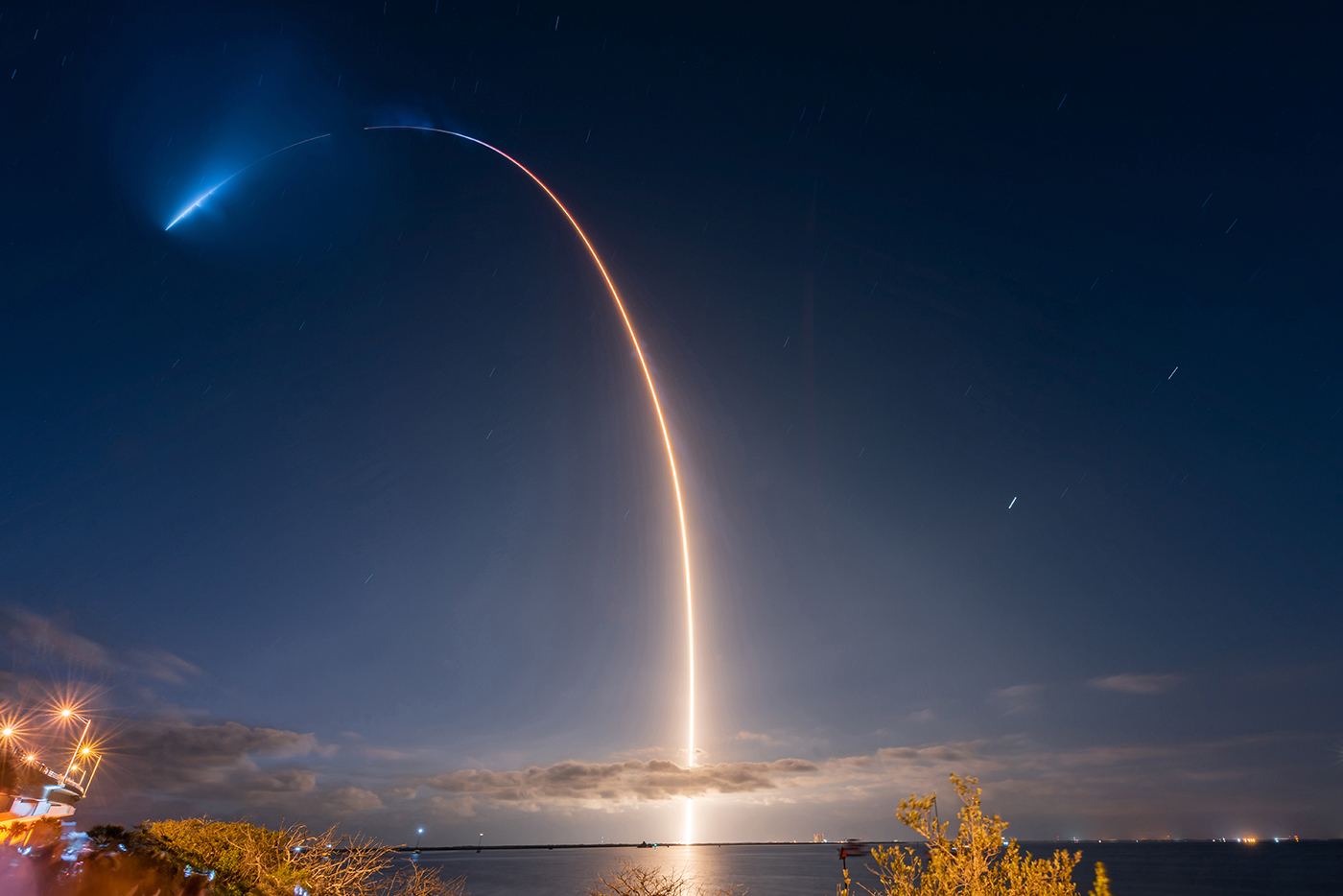At CNN’s Climate Town Hall on Wednesday, the 2020 candidates unveiled their plans for addressing global warming. They ranged from unrealistic (to be generous) to outright delusional.
Bernie Sanders, for instance, wants all of our electricity to come from renewable resources in just 10 years. Huh? In 2018, the single largest source of renewable energy was large hydroelectric dams, which many environmentalists want to ditch. Wind and solar power provided about 370 terawatt-hours (TWh) of electricity, roughly 9% of all generation, which was around 4,200 TWh. How does he expect to generate 10 times more wind and solar in 10 years?
The candidates also want to electrify the entire US economy — cars, trucks, industry, you name it. Realistic? Not a chance. In 2018, that 4,200 TWh of electricity consumption — for heating, air conditioning, industrial processes and so forth — accounted for only about a sixth of total US end-use energy consumption. So, electrifying the entire economy would require generating at least six times more electricity than we do today.
All of the candidates’ plans would gut the US economy and lead to soaring energy prices, which would impoverish all of us. In return, their plans would have no measurable effect on the world’s climate. Zero. Nada. Zip.
They all want to rejoin the Paris Agreement. That won’t have any measurable effect on climate, either. The reality is that developing countries, especially India and China — the two countries whose greenhouse-gas emissions are the largest and increasing rapidly — are not going to impoverish their growing populations to reduce greenhouse-gas emissions.
As my Manhattan Institute colleague Mark Mills has written, a belief that we can transform the US economy to run solely on wind and solar power is “magical thinking.” It’s simply not possible given today’s technology and basic physics.
Moreover, none of the candidates addressed the adverse environmental effects of wind, solar and batteries. All three require vast amounts of land and rare-earth metals, which are mined primarily in China, whose environmental protection record is dismal.
Discarded solar panels, which are often sent overseas, leach cadmium, a toxic heavy metal. Just disposing of huge wind-turbine blades has become problematic: The 120-foot-long (and longer) fiberglass blades, which have to be replaced every 10 to 20 years, cannot be recycled. Landfills are becoming reluctant to take them because they require such huge amounts of space.
As for all of the concrete wind turbines require — wind developers are usually silent about what happens when the turbines are dismantled.
The missing link in the Democrats’ green fantasies is the one realistic source of emission-free energy: nuclear power. To his credit, Cory Booker was willing to embrace nuclear power as the only realistic way to reduce carbon emissions. Joe Biden was non-committal, as was Kamala Harris.
Bernie Sanders and Elizabeth Warren want to eliminate nuclear power plants altogether because of nuclear-waste storage issues and the adverse environmental impacts of uranium “tailings” that occurred decades ago.
As my recent Manhattan Institute report discussed, solving the nuclear-waste storage issue isn’t a technical problem, it’s a political one. We can now store nuclear waste safely — and Sanders and Warren should know that.
Finland, for example, is building an underground waste depository. The town where it will be located is enthusiastic. Of course, the Finns have trust in their government, something in vanishingly short supply in this country, thanks to decades of scare tactics by nuclear power opponents and endless quantities of political demagoguery.
New modular designs will enable nuclear plants to be built in factories and shipped where needed. The first such plant, comprising of 12 60-megawatt modules, is scheduled to be installed and operating at the US Idaho National Engineering Laboratory in 2026.
The modular-design formula will also allow capacity to be bumped up as needed, lowering the “bet-the-company” financial risks that have plagued nuclear-power development.
This doesn’t mean we should throw money willy-nilly at existing nuclear plants, many of which have been granted subsidies to remain in business, including New York’s three upstate nuclear plants. But nuclear power is the only generation resource that is reliable, economical and emissions-free. That is, it’s realistic.
Alas, if this week’s town hall is any indication, reality and the Democrats’ energy proposals have little in common.
This piece originally appeared at the New York Post
______________________
Jonathan A. Lesser, PhD, is an adjunct fellow at the Manhattan Institute, president of Continental Economics consulting, and author of the new report, “Is There a Future for Nuclear Power in the United States?”
This piece originally appeared in New York Post


